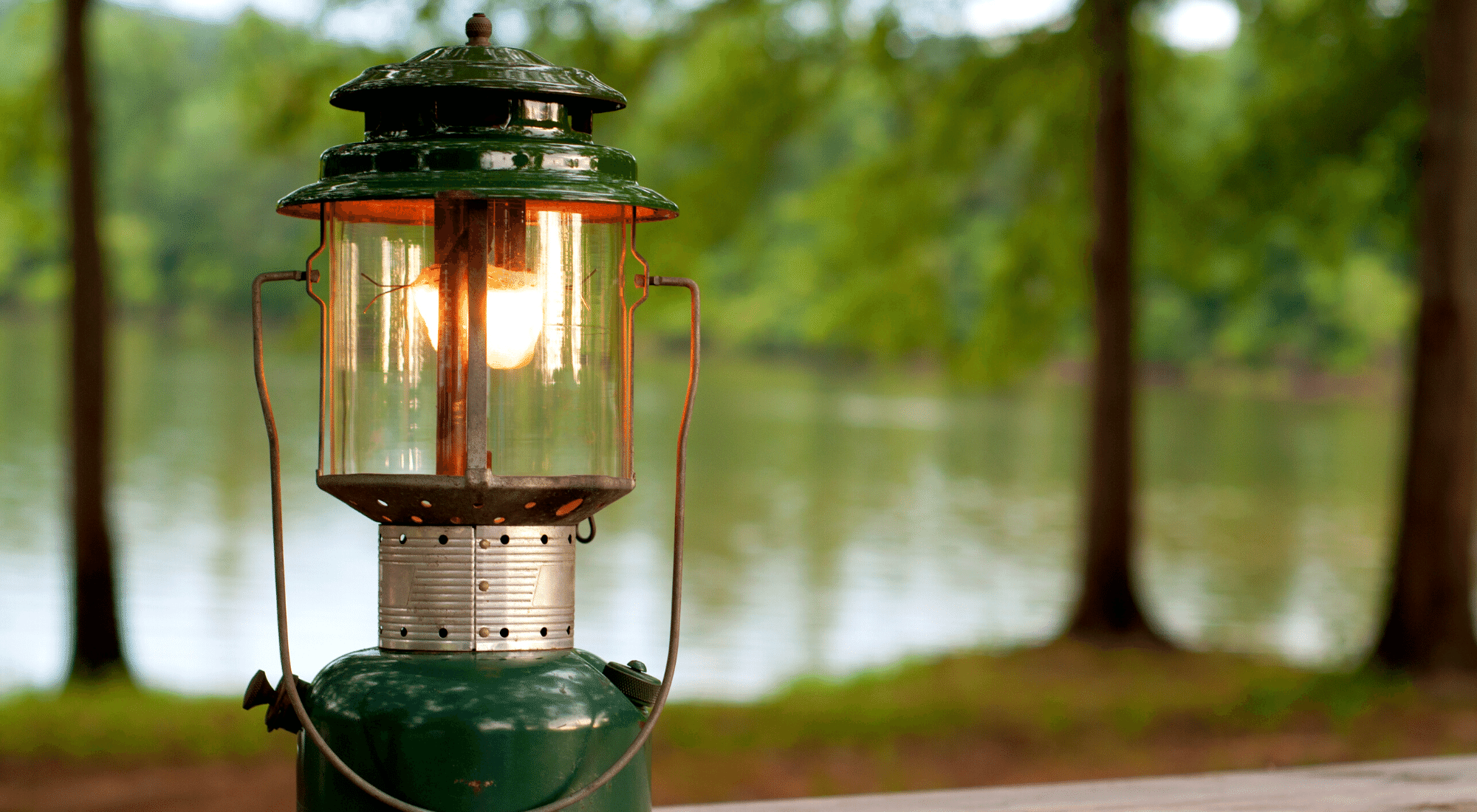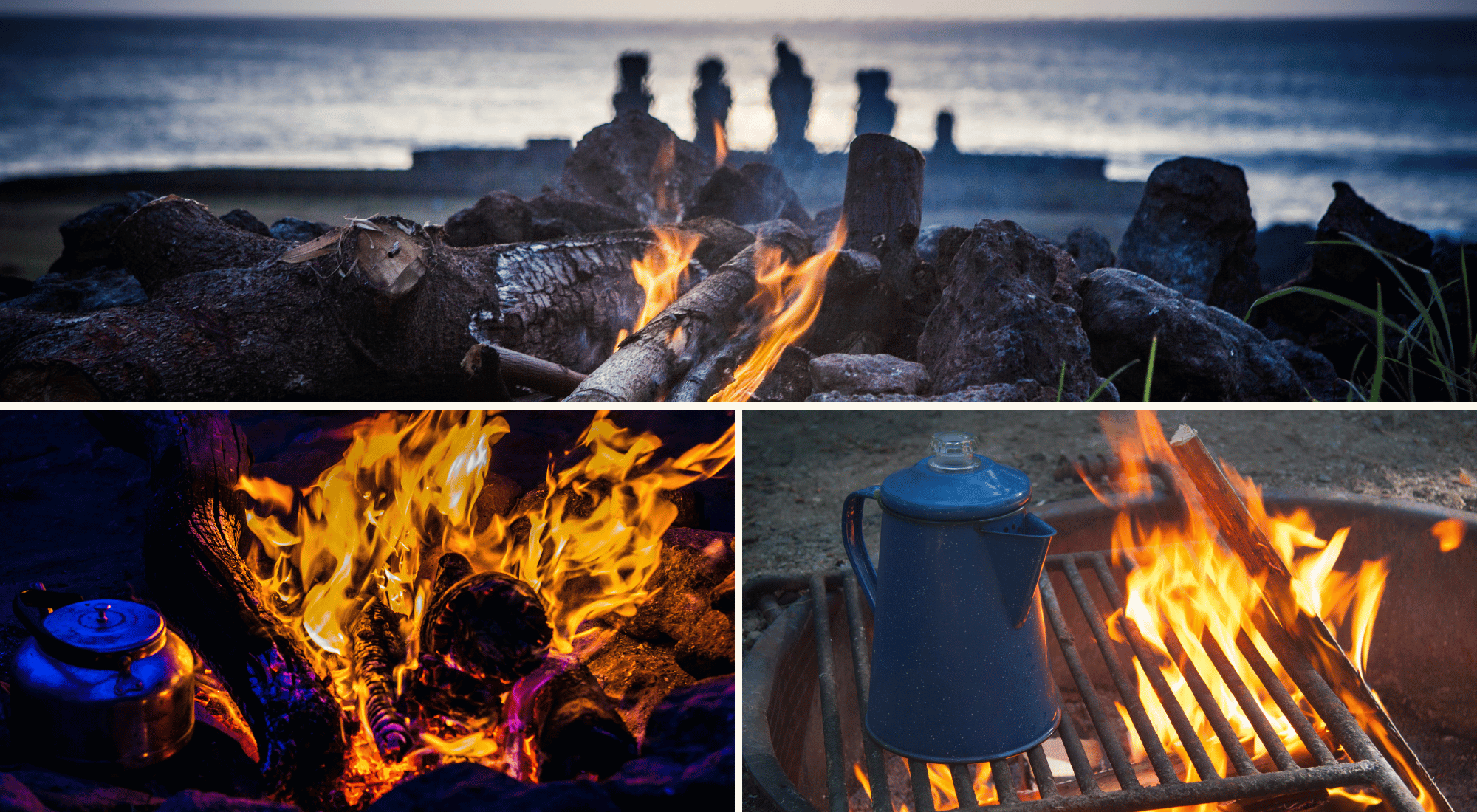How Many Lumens Do I Need for a Camping Lantern?
This comprehensive guide will walk you through everything you need to know about lumens and help you choose the perfect light source for your next camping trip.
Camping is an exhilarating way to connect with nature, break free from daily routines, and explore the great outdoors. Whether you're preparing for a solo backpacking adventure or planning a family camping trip, a reliable camping lantern is an essential part of your gear. However, choosing the best camping lantern can feel overwhelming, particularly when it comes to understanding lumens and how many you’ll need. This comprehensive guide will walk you through everything you need to know about lumens and help you choose the perfect light source for your next camping trip.
The Importance of Lumens in Camping Lanterns
When exploring the wilderness, adequate lighting is vital for safety, navigation, and nighttime activities. Whether you're cooking dinner at a picnic table, reading in your tent, or lighting up the entire campsite, the light output of your camping lantern plays an essential role. This is where lumens come in.
Lumens measure the total visible light emitted from a light source. Unlike wattage, which tells us how much energy a bulb uses, lumens provide a clear understanding of how bright the light actually is. For camping enthusiasts, knowing how many lumens a lantern delivers helps determine if it will provide enough light for specific activities while conserving battery life for extended use.
Without proper lighting, mundane campsite tasks like finding gear or walking the trail can become frustrating—and even dangerous. Choosing the right camping light with the appropriate number of lumens ensures your adventure remains safe, comfortable, and enjoyable.
Understanding Lumens and Their Role in Lighting
Before deciding how many lumens are needed for your camping lantern, it’s crucial to understand what lumens represent and how they differ from other lighting metrics.
What Are Lumens?
Simply put, lumens measure the intensity and brightness of visible light a light source produces. The higher the lumens, the brighter the light. For instance:
- A small tent light might emit 50–200 lumens, providing just enough illumination for basic tasks.
- A powerful camping lantern designed to light an entire campsite could emit 700–1,500 lumens or more.
Lumens are especially important for distinguishing the performance of modern LED lanterns, which offer significant brightness with lower energy consumption when compared to traditional incandescent bulbs.
Why Lumens Matter for Outdoor Adventures
For outdoor adventures, lumens help determine whether your lantern provides:
- Ambient light to create a relaxed, cozy atmosphere.
- Focused, bright light that illuminates specific areas, such as cooking spaces or trails.
- Specialized lighting modes, such as red light mode for preserving night vision.
The ideal lumen output is highly dependent on your particular needs. Choosing the right camping lights requires balancing brightness, battery life, and energy efficiency.
Factors Affecting How Many Lumens You’ll Need
Selecting the ideal number of lumens for your camping lantern depends on a variety of factors, including:
- Camping Environment: A densely wooded area with minimal natural light may require brighter lanterns than an open campsite with moonlight and starlight.
- Activities: Tasks like reading, cooking, or playing cards typically require fewer lumens than lighting a larger area like the entire campsite.
- Group Size: Larger groups often benefit from brighter lanterns or multiple camping lights to provide comprehensive illumination.
- Duration of Use: For longer camping trips, you may prefer lanterns with adjustable brightness settings to extend battery life or solar powered lanterns that recharge during the day.
The balance between brightness and energy efficiency is key. Each lumen comes at a cost, whether in the form of battery capacity, fuel canister usage, or rechargeable battery drainage.
Lumens Guide for Different Camping Needs
To help you determine the ideal lumen range for your next camping trip, here’s a breakdown based on specific scenarios:
1. Tent Lighting (50–150 Lumens)
A lantern with 50–150 lumens is ideal for illuminating your tent. It provides warm light that’s gentle on the eyes while being bright enough for essential tasks like unpacking, changing clothes, or reading. Collapsible lanterns or small lanterns with red light modes are perfect for ensuring comfort without disturbing your night vision.
2. Cooking & Dining Areas (200–500 Lumens)
For lighting larger areas like picnic tables or outdoor kitchen setups, aim for a lantern with 200–500 lumens. These lanterns provide white light bright enough for precision tasks while maintaining an inviting atmosphere for group meals.
3. Larger Campsites (500–1,000 Lumens)
To illuminate large spaces for group activities or improve visibility across the entire campsite, choose a versatile lantern with 500–1,000 lumens. Adjustable brightness options are helpful for creating brighter settings when needed while conserving energy during downtime.
4. Hiking & Emergency Lighting (100–300 Lumens)
For hiking at night or handling unexpected situations, such as power outages, opt for a reliable light source like a headlamp or compact lantern emitting 100–300 lumens. Rechargeable lanterns or models with lithium batteries are great for ensuring portability and extended use.
5. General Use or Backup Lighting (50–100 Lumens)
If you want a backup light or a lantern for casual use, stick with basic models offering 50–100 lumens. Compact and affordable, these lanterns often use disposable batteries or feature solar panels for added convenience.
Popular Lantern Options by Usage
Here’s a quick look at some best camping lantern options that cater to different needs:
- Black Diamond Moji Lantern: Compact, portable, and perfect for tent lighting (100 lumens).
- Coleman Deluxe Propane Lantern: Offers the brightest light for lighting entire campsites (up to 1,500 lumens).
- LuminAID Solar Lantern: Lightweight solar powered lantern ideal for backpacking or eco-conscious travelers.
- Goal Zero Lighthouse 600: Features adjustable brightness settings and USB-C ports for charging your devices.
- Biolite BaseLantern: Combines a power bank with a high-performance lantern, offering 500 lumens and smart app control.
Tips for Choosing the Right Lantern
When choosing the best camping lantern, consider these essential tips:
- Evaluate Your Power Source Needs: Choose between rechargeable batteries, disposable batteries, or solar powered lanterns. For longer camping trips, a combination of power supply options is ideal.
- Prioritize Adjustable Brightness: Lanterns with brightness settings give you control and help extend battery life.
- Consider Portability: For backpacking, opt for collapsible lanterns or lightweight models.
- Focus on Durability: Look for water-resistant, shockproof designs suitable for rugged outdoor environments.
- Look for Specialized Features: Features like red lights, USB-C ports, or emergency lighting modes can add versatility to your camping light.
Wrapping Up Our Journey
A reliable camping lantern is essential for unforgettable outdoor adventures, but it’s crucial to choose the one with the right lumen output for your needs. From tent poles to picnic tables, the ideal lantern ensures you’re equipped with the visible light necessary for safety, comfort, and convenience.
Don’t compromise on quality or performance—find the best camping lantern for your adventures. Assess your activities, group size, and power source preferences to narrow down your options. With this guide, you’re ready to make an informed choice and light up your next camping trip in style.
Happy Travels! 🌍
Need some excitement for your next trip? Check out Amazon! Try Audible Plus for two free books. 🎧 Simplify your packing with a FREE 30-day trial of Amazon Prime for quick, two-day delivery. 📦 Don't miss these deals and make your journey unforgettable! ✈️








